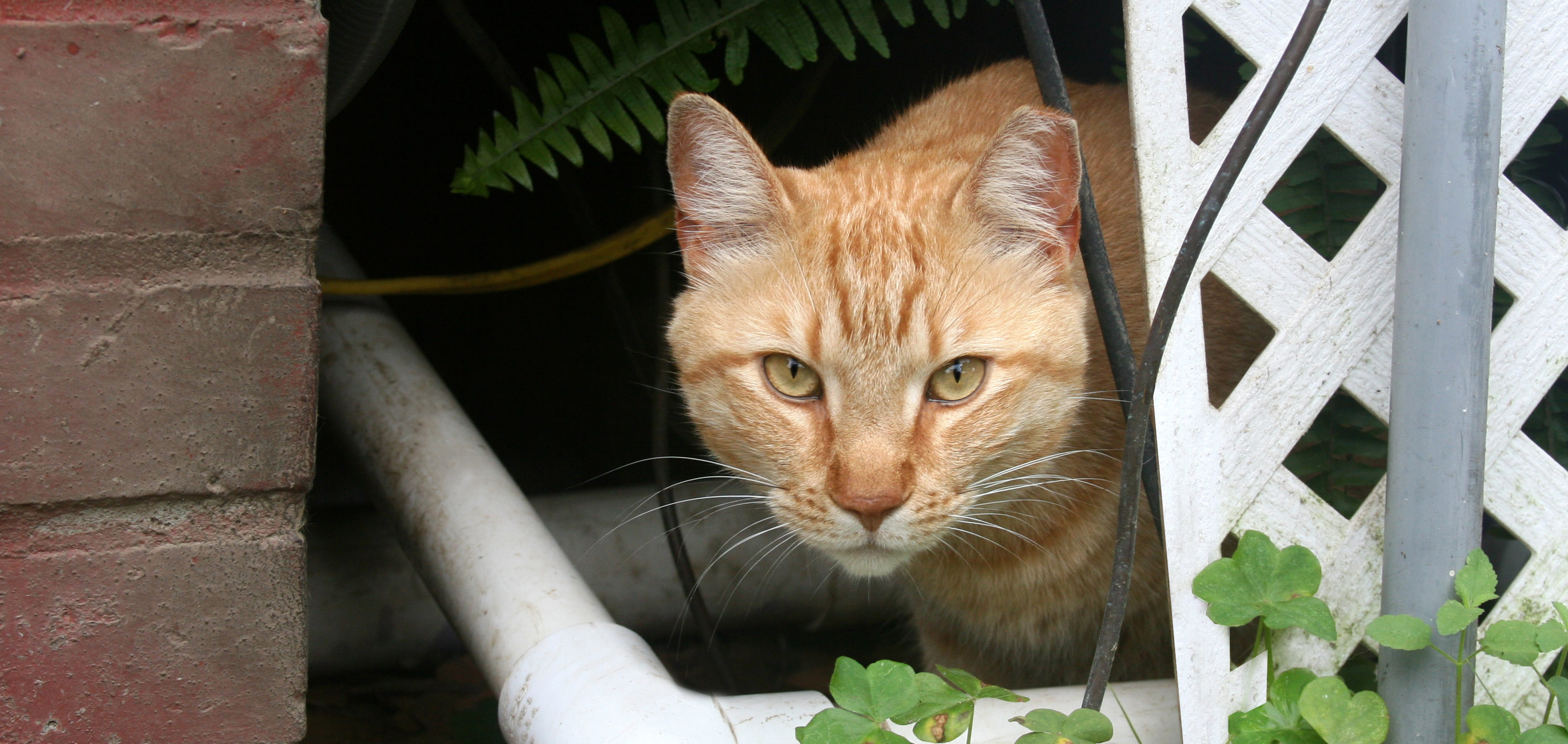Have you ever seen a cat with the tip of an ear missing and wondered how it happened? Or why it was so cleanly squared-off? Most likely, the cat you saw was feral (also known as a community, free-roaming, or stray cat) and the tipped ear was from their participation in a trap-neuter-release program. Ear-tipping is an important, mostly painless procedure to help identify cats that have participated in these programs. It is a vital signal for the community and allows organizers to manage the feral cat community better.
What is Ear-Tipping?
Ear-tipping is the universally accepted way to tell whether a feral cat has been neutered or spayed. This is typically performed as part of a TNR (trap-neuter-release) program. This procedure also includes vaccinating the cats and returning them to their colony. TNR programs save hundreds of cats each year and are one of the only ways to safely manage the feral cat population.
The ear-tipping procedure involves putting the cat under anesthesia and removing the distal one-quarter of their left ear.
Why Ear-Tip Community Cats?
Why go through the trouble of ear-tipping when you spay and neuter through TNR? Community cats, while beautiful, aren’t the friendliest animals. Getting close enough to tell that they’ve been spayed or neutered can be rather tricky.
With ear-tipping, though, it’s easy to tell that the cat is a member of a managed cat colony from a distance. It prevents animal control or people who help watch feral cat communities unnecessarily trap them for TNR (again).
Ear-tipping also helps volunteers looking after cat colonies know if a new cat has joined the gang. The volunteer can then go through the TNR process to ensure the community doesn’t get any bigger.
Other Methods to Identify Feral Cats
While other methods were used in the past, ear-tipping has proven to be the most successful. Different ways include:
- Tattoos – Although they’re often not seen until after the cat was trapped and sedated;
- Ear tags – Have been known to tear a cat’s ear, fall off, or cause infection;
- Collars – Not as practical or safe because they can tighten due to weight gain, get caught on branches and hurt the cat, or fall off entirely;
- Microchipping – Not easily identifiable from a distance.
Does Ear-Tipping Hurt Cats?
Ear-tipping does not hurt the cats. The procedure is performed while they are already under anesthesia for their spay or neuter surgery and in sterile conditions to ensure safety.
Cats heal pretty fast after surgery and it doesn’t affect their ability to live in their community once released.
—
Florida Animal Friend helps decrease overpopulation of cats and dogs through grants for low-cost spay and neuter programs like TNR. For more information on Florida Animal Friend, or to make a donation, please purchase a plate or donate today.
